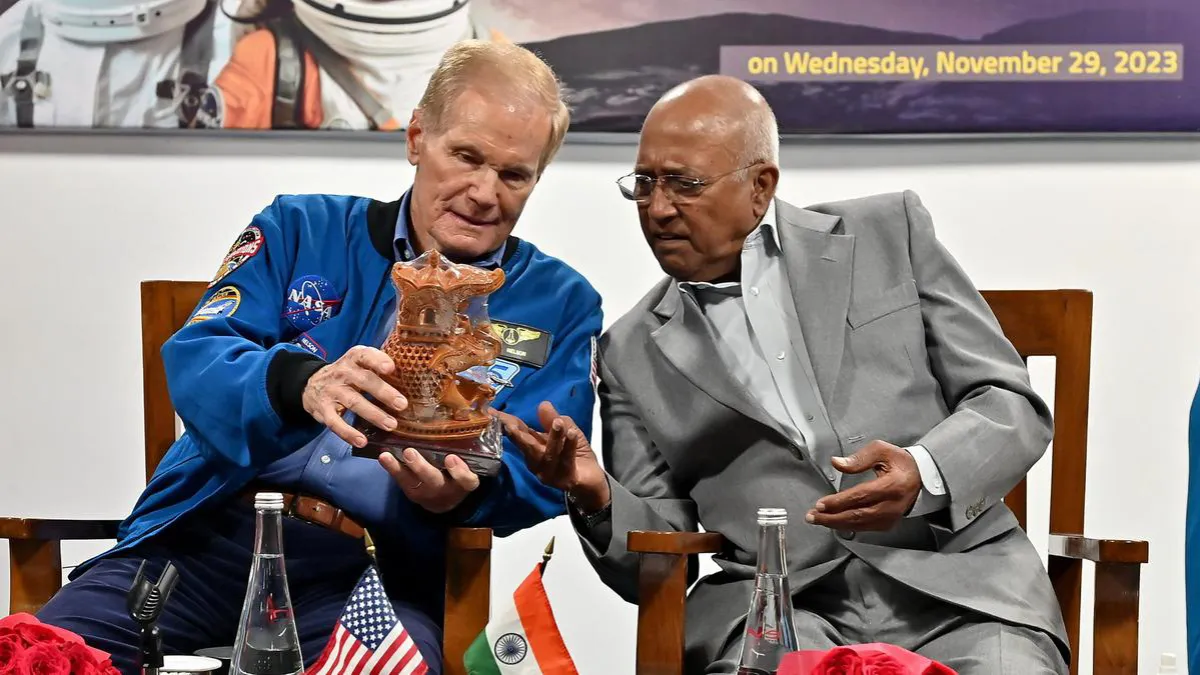
NASA administrator Bill Nelson will tour the ISRO facilities in Bengaluru, on November 30, to assess the progress being made on the NISAR spacecraft, a collaborative NASA and ISRO Earth observation project.
"Tomorrow, I'll be going with Rakesh [Wing Commander Rakesh Sharma (retd.), the former Indian astronaut. NISAR will be seen by both of us. I am excited to have you come. Mr. Nelson informed reporters here on Wednesday that there are two radars on the NISAR in two separate bands, one developed by India and the other by the United States.
NASA is now testing and integrating NISAR, or NASA ISRO Synthetic Aperture Radar, at ISRO facilities in Bengaluru. It is scheduled to fly atop ISRO's GSLV Mark-II launch vehicle from the Satish Dhawan Space Centre in Sriharikota early of next year.
The L and S dual-band Synthetic Aperture Radar (SAR) carried by NISAR uses the Sweep SAR method to get high-resolution data across vast swaths.
The spacecraft bus, S-band SAR electronics, launch vehicle, related launch services, and satellite mission operations are provided by ISRO's U.R. Rao Satellite Centre in Bengaluru, while NASA's Jet Propulsion Laboratory provides the mission's L-band SAR.
Reaching for the Stars: A Conversation with NASA and ISRO was the name of the event earlier in the day where Mr. Nelson and Wing Commander Sharma spoke with children.
Space unites rivals both domestically and globally, Mr. Nelson stated during the conversation.
